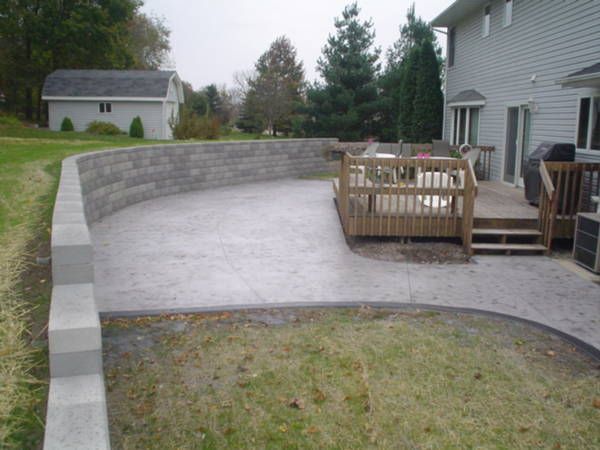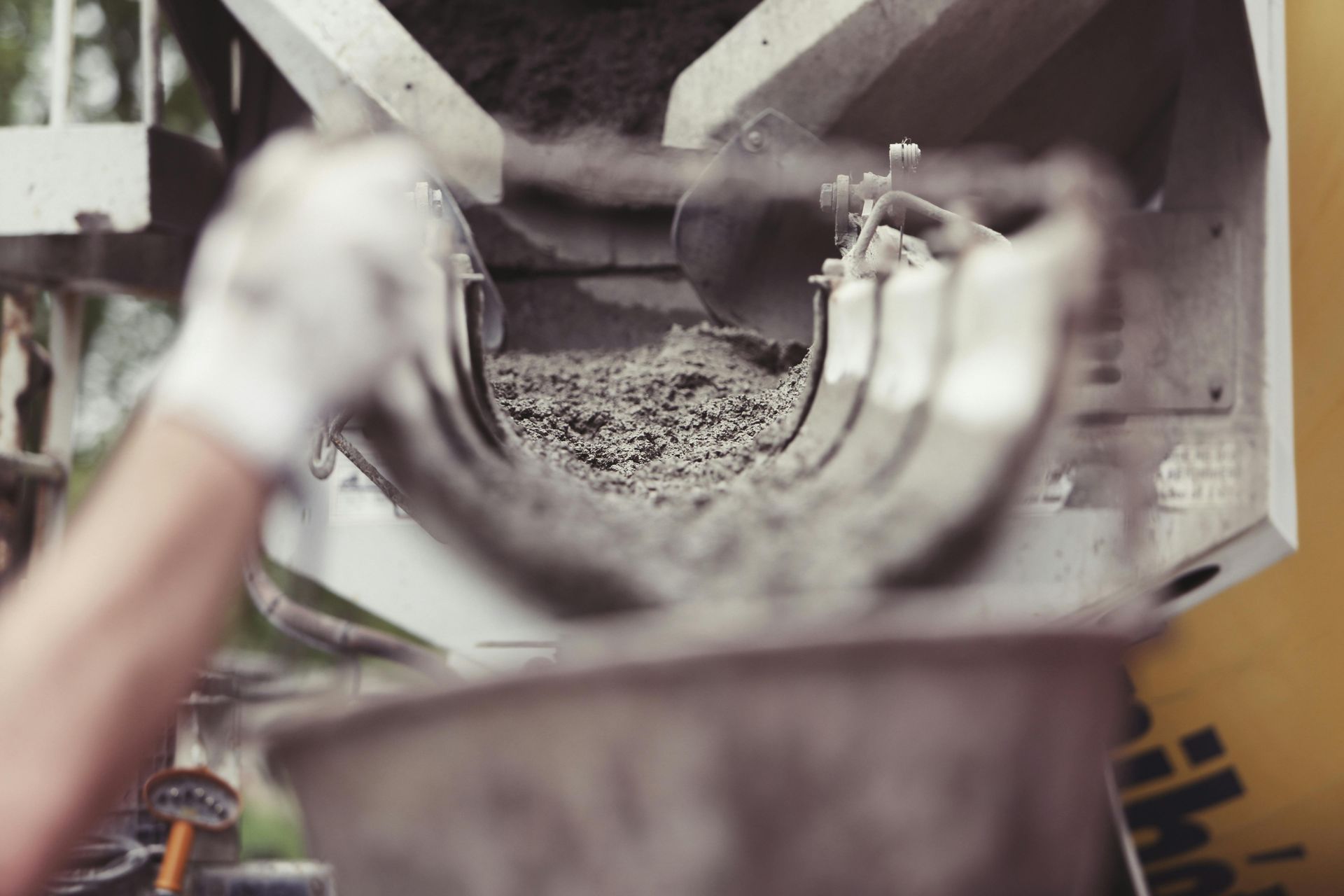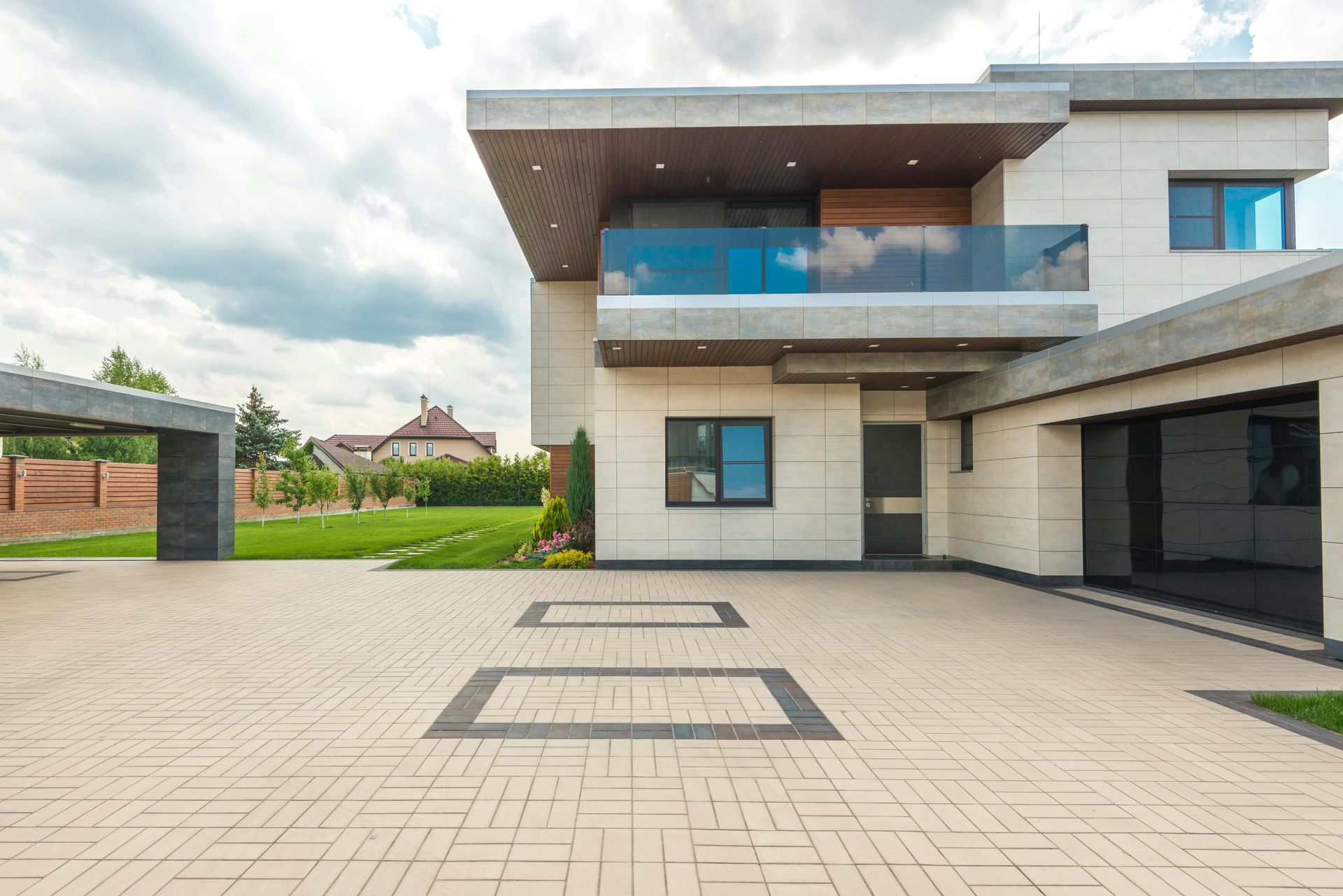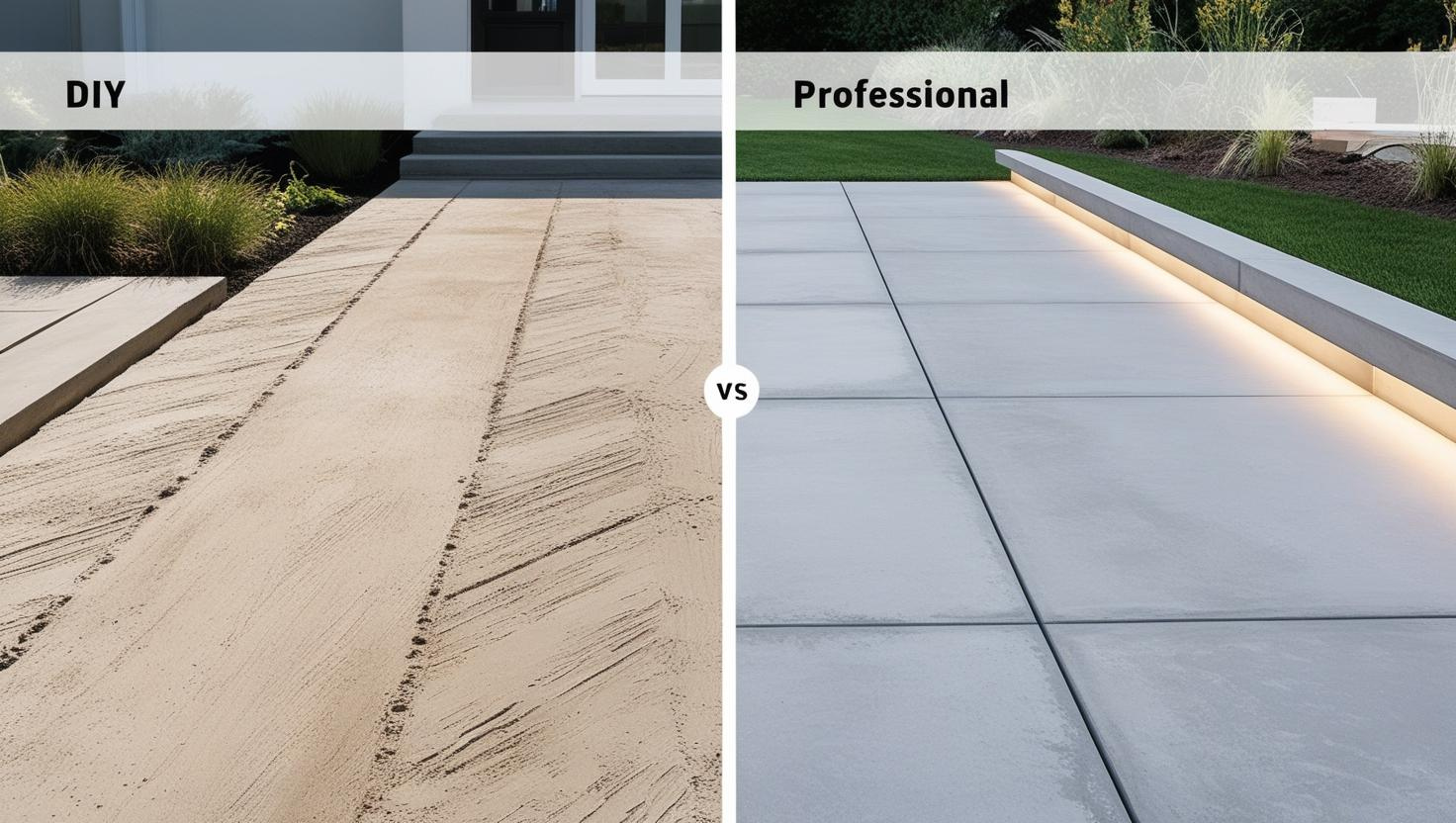New Title
The Hidden Risks of Pouring Concrete Over Existing Concrete – What You Need to Know
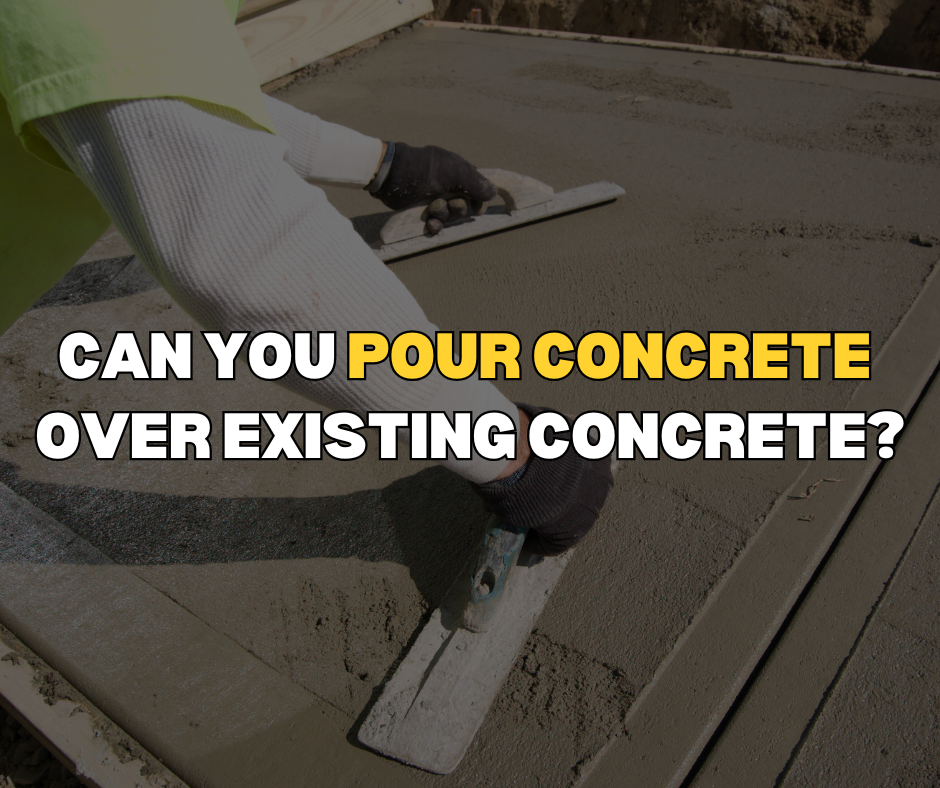
Pouring new concrete over old concrete might seem like a quick and cost-effective way to refresh a driveway, patio, or walkway. However, while this method can sometimes work, it comes with several downsides that homeowners and contractors should carefully consider before proceeding. Here’s what you need to know about the risks of layering new concrete over old.
1. Poor Bonding Between Layers
One of the biggest challenges with pouring concrete over existing concrete is the lack of proper adhesion between the two layers. Fresh concrete does not naturally bond well to old concrete, which can result in the new layer separating, shifting, or cracking over time. To improve bonding, contractors often use bonding agents or mechanical reinforcements, but even these solutions are not always foolproof.
2. Underlying Issues Can Resurface
If the existing concrete has cracks, settlement problems, or an uneven surface, simply adding a new layer of concrete won’t solve these issues. In fact, these imperfections can transfer through to the new surface, leading to premature cracking and damage. Before pouring new concrete, it’s crucial to assess whether the old slab is stable enough to support it.
3. Increased Risk of Cracking
Concrete expands and contracts due to temperature changes, and when two separate layers move at different rates, stress fractures can form. This is especially problematic if the old slab has existing cracks, as these can telegraph up into the new surface over time.
4. Drainage and Height Issues
Adding a new layer of concrete increases the overall height of the surface, which can create problems such as:
- Interfering with doors, steps, or thresholds.
- Altering the slope of the surface may lead to drainage issues or water pooling.
- Making transitions between different areas uneven or hazardous.
5. Thickness Limitations
For new concrete to have adequate strength, it generally needs to be at least 2 inches thick. However, even at this thickness, it may not provide long-term durability, particularly in high-traffic areas. If a thicker layer is required, it may be more practical to remove the old concrete and start fresh.
The Alternative We Offer To Pouring Concrete Over Concrete
If your existing concrete is in poor condition, consider these alternative solutions:
- Full Concrete Removal & Replacement: The best long-term solution for durability and stability.
Final Verdict
While it is possible to pour concrete over existing concrete, the risks often outweigh the benefits. If the old surface has structural issues, poor drainage, or significant wear, removing and replacing the concrete is usually the best solution for a long-lasting, durable result. Before deciding, consult a professional concrete contractor to assess the condition of your current slab and explore the best options for your project.
If you're considering a concrete project and need expert guidance, contact Wirtanen Concrete, a professional concrete contractor to ensure a strong, lasting solution!
